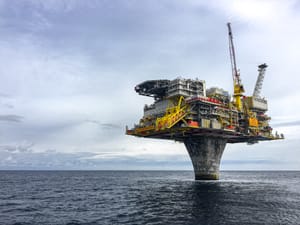Our PESTLE Analysis of The Oil And Gas Industry investigates the political, economic, social, technological, legal and environmental factors affecting the industry.
Imagine if there was no oil or gas in the world; how would we live? We would probably be cooking our food by firing wood and doing all our work in the daylight.
Moreover, there would be no fuel-consuming vehicles. There would only be bicycles, horse carts, etc. Besides that, a few mills and machines would exist that would operate on coal.
Overall, life would be a lot more difficult and different if we didn't have oil and gas. Since oil and gas are so significant for us to live a normal life, we have decided to conduct a PESTLE Analysis of The Oil And Gas Industry.
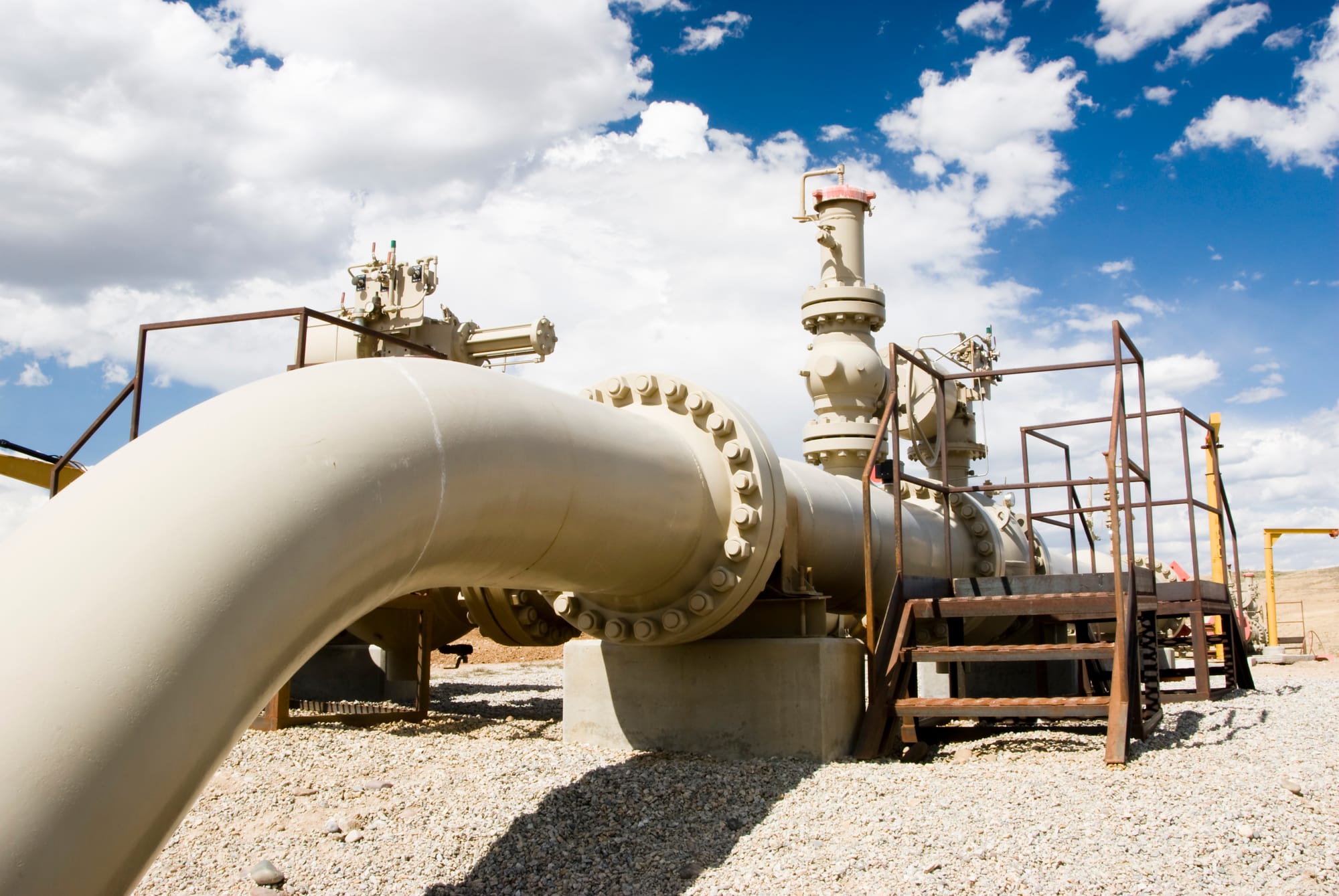
The oil and gas industry has been existing centuries. Ancient civilizations such as Persians, Greeks, and Mesopotamians used crude oil for waterproofing, fire lamps, and medical ointments.
However, the modern oil and gas industry emerged in the 19th century when Edwin Drake drilled the first oil well in Pennsylvania in 1859. After the oil reserve was discovered, the focus was now on establishing oil refineries.
Techniques were being developed to separate different components of oil, such as kerosene, petrol, etc., by refining the crude oil.
The oil and gas industry was truly recognized in the 19th and 20th centuries when companies like Shell, Standard Oil, and Gulf Oil emerged. These companies helped the industry to grow.
As the mills and automobile engines shifted to petrol/diesel and households started consuming natural gas, the demand for oil and gas increased significantly. As a result, countries started looking for oil and gas reserves, and that's when Saudi Arabia, Iraq, and Iran found their oil and gas reserves.
Innovation in the oil and gas industry never stopped. Research kept being carried out on the latest techniques of oil and gas drilling. As a result, new drilling techniques were developed in the 20th century that were considered more efficient and effective.
The oil and gas industry witnessed a big milestone with the emergence of OPEC. The OPEC is an organization whose members are all oil-producing countries. Together they decide the oil production and prices.
The oil and gas industry is the 8th largest industry in the world. It is worth $4.6 trillion. The oil and gas industry has a workforce of millions of people.
China provides the most jobs in the oil and gas industry. It has employed more than 86 million people in the oil and gas industry.
Oil and gas are two of the natural resources that are highly valued all across the globe.
Unfortunately, these two resources have been a source of conflicts and wars for centuries.
Now that you know how valuable oil and gas are and what significance the oil and gas industry holds, let's proceed further and discuss PESTLE analysis.
Businesses often use PEST analysis to analyze what external factors from the environment impact the operations of a business, industry, or country.
In today's PESTLE analysis, we will analyze the Political, Social. Environmental, Legal, Technological, and Economic factors impact the oil and gas Industry. So, let's proceed further and conduct the PESTLE analysis of the oil and gas industry!
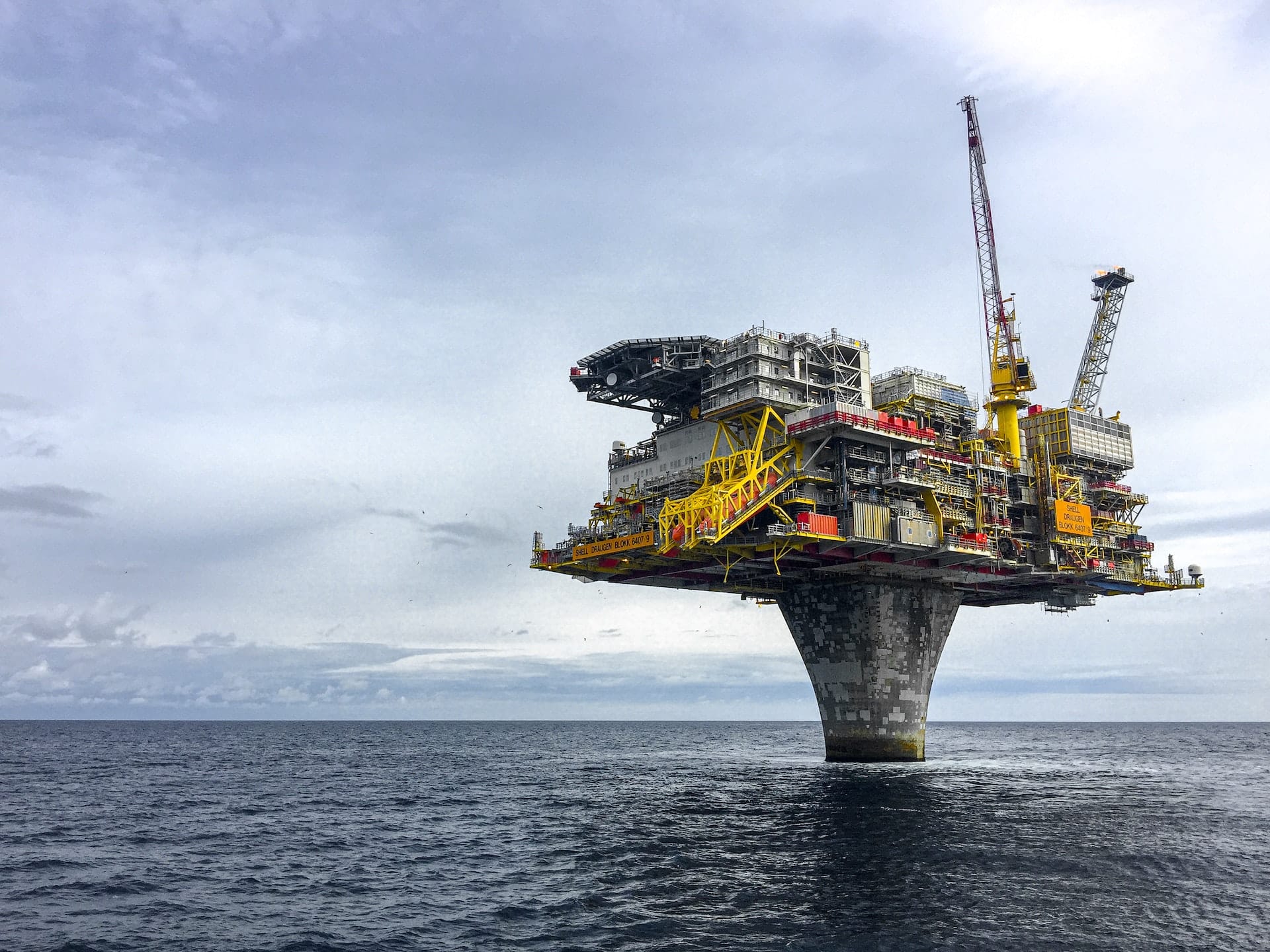
Political Factors That Impact The Oil And Gas Industry
Political factors are the factors that the government and its policies influence. This section will analyze the political factors that impact the oil and gas industry.
Government policies play an essential role in determining the functionality of the oil and gas industry. Governments have the final authority to approve the exploration of oil and gas. Therefore, if any government has pro-exploration policies, then the oil and gas industry will flourish in that country.
Moreover, the government's tax policies shape a country's oil and gas industry. For example, suppose a government has imposed high taxes on oil and gas exploration. In that case, the oil and gas extraction companies would be reluctant to extract.
Other than that, the government's trade policies determine the future of a country's oil and gas industry. For example, if a government imposes a high duty on the import of oil to discourage oil imports, that country's oil and gas industry will suffer.
Furthermore, the government has the authority to provide subsidies to oil and gas extracting companies. If the government does that, the oil and gas industry will thrive.
Similarly, suppose the government establishes special economic zones. This will encourage the oil and gas extracting companies to operate in the economic zones. Hence, oil and gas production will increase.
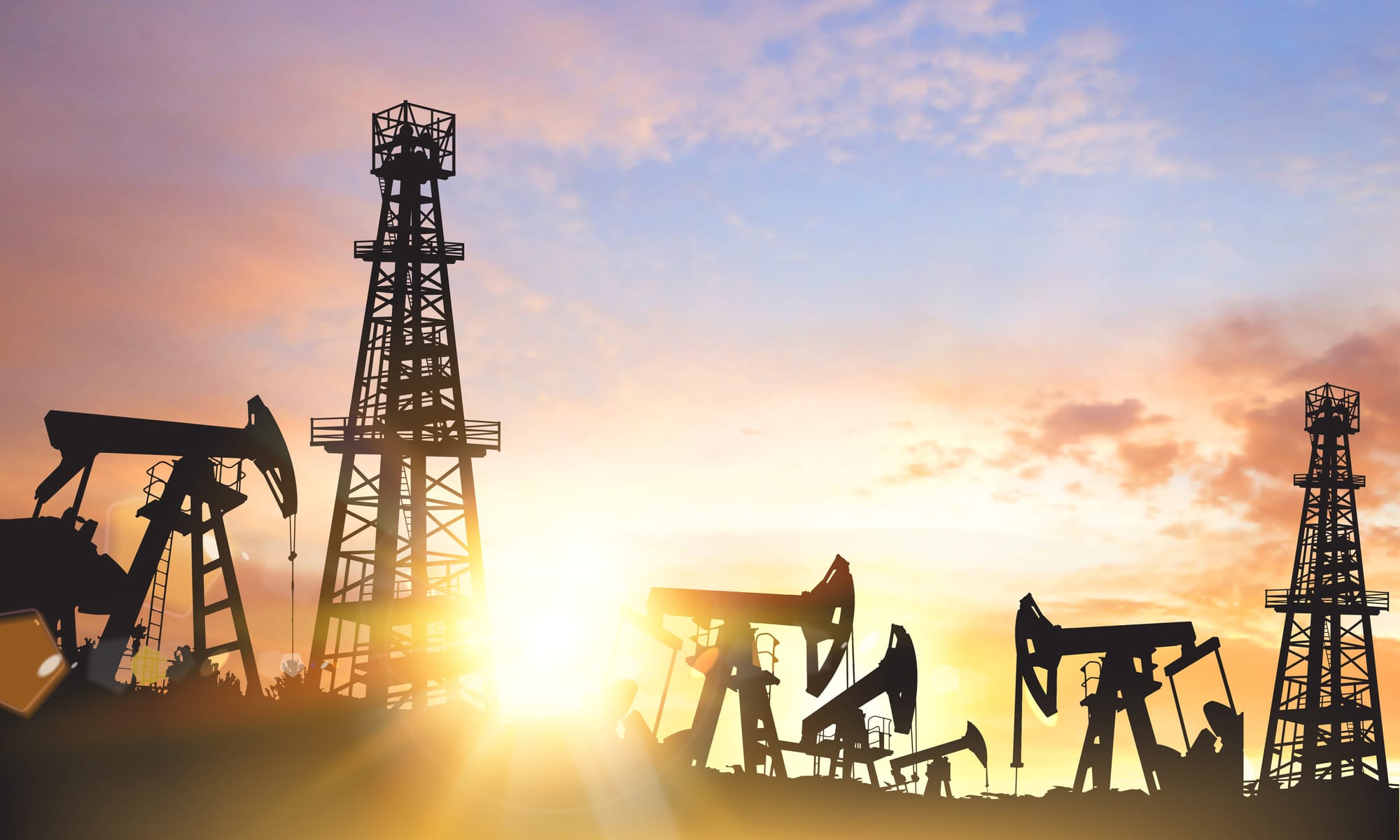
Economic Factors That Impact The Oil And Gas Industry
Economic factors refer to the factors related to the economy of a country. This PESTLE analysis section will examine the economic factors that affect the oil and gas industry.
Economic growth plays a significant role in affecting the oil and gas industry. A country with high economic growth will have a high living standard. This means more people will have better houses and vehicles. Hence, that country's oil and gas demand would be high.
As a result, it would be correct to say that countries that experience high economic growth would have a thriving oil and gas industry.
Moreover, the exchange rate impacts the oil and gas industry. Oil and gas were only traded in dollars a few decades back. However, currently, they are being traded in other currencies as well. For example, suppose a country is buying oil and gas from the USA. The price of importing oil and gas would depend upon that country's exchange rate against the US dollar.
If the dollar is appreciated, in that case, the price incurred by importing oil and gas would be very high. Other than that, interest rate also impacts the oil and gas industry.
If a country has a low-interest rate, then businesses would invest in that country, increasing the people's living standards. Hence the demand for oil and gas would increase.

Social Factors That Impact The Oil And Gas Industry
Social factors consider the societal and cultural factors that impact any business, industry, or county; this section will discuss what social factors impact the oil and gas industry.
The population of a country impacts the oil and gas industry significantly. Any country with a high population will have a high demand for oil and gas. Hence, the oil and gas industry would thrive in that country.
Besides that, any country with a highly urbanized population or more urbanized land will observe a higher demand for oil and gas. Therefore, the oil and gas industry would do well in that country.
Moreover, many countries have moved towards the idea of green energy. However, many countries still use conventional fuels such as oil and gas. In the latter countries, the demand for oil and gas would be high.
Furthermore, the demand for oil and gas depends on the people's behavior in a country. For example, in a few countries, people wake up early and sleep early. Hence, they usually use sunlight as a source of light.
However, In countries such as India and Pakistan, people wake up late and sleep late. Therefore, they use more energy and less sunlight. Hence, people in such countries would definitely consume more oil and gas.
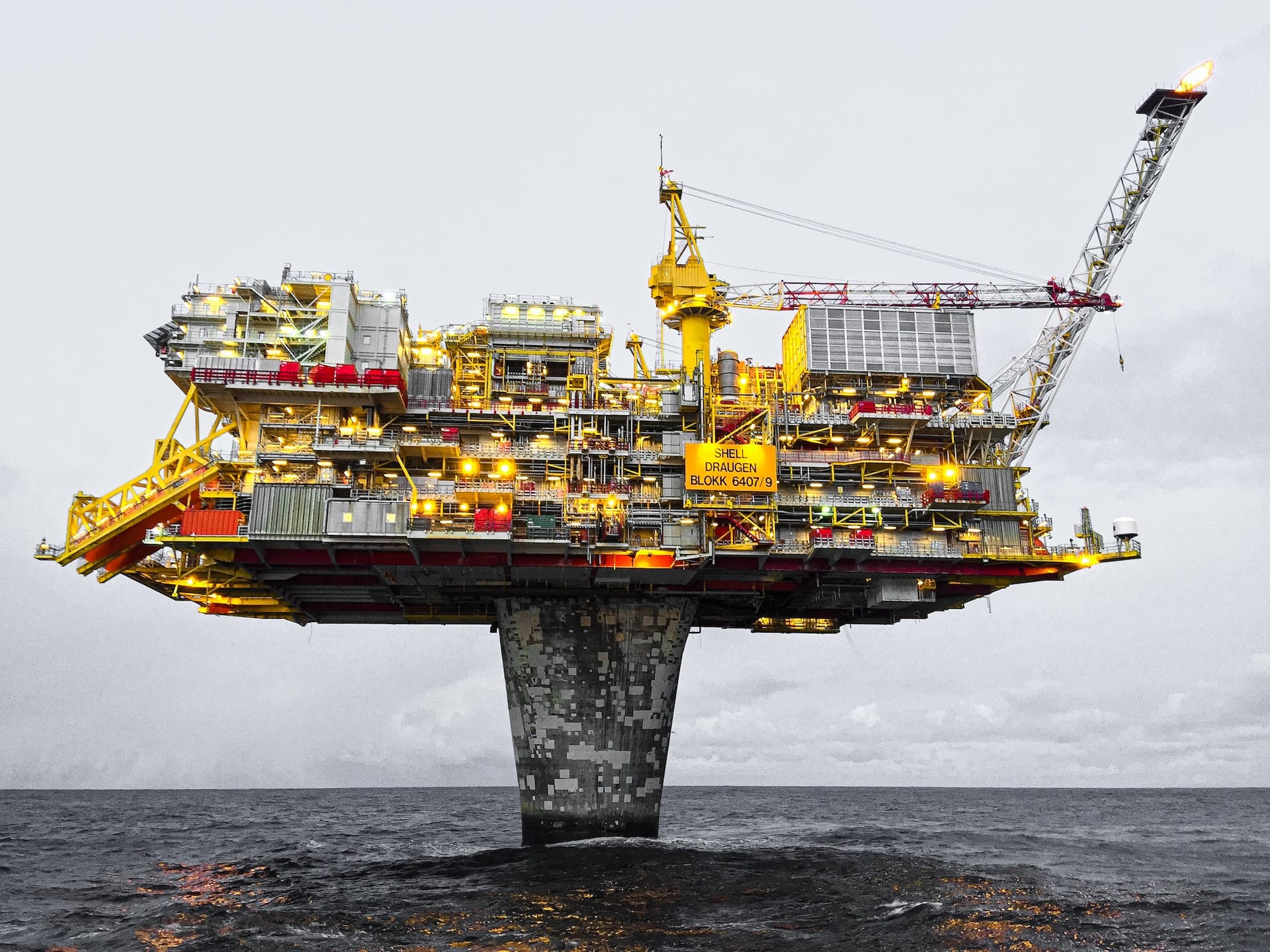
Technological Factors That Impact The Oil And Gas Industry
Technology plays a crucial role in impacting the operations of businesses, industries, and countries. In this section, we will analyze the technological factors that affect the oil and gas industry.
Technological advancements and innovation have impacted the oil and gas industry positively. They have increased the efficiency and productivity of the oil and gas industry, which has increased the profits of the industry.
Moreover, data analytics help the oil and gas industry make well-informed decisions and forecasts. Besides that, robotics has made the lives of oil and gas industry workers easy.
Robots and machines are being substituted for mining and tough jobs related to mining.
Such developments in the oil and gas industry have increased profits in the oil and gas industry since now fewer resources would be utilized.
Furthermore, the oil and gas industry is responsible for emitting significant volumes of CO2. The carbon capturing and storing technology is capturing CO2 from the environment. This can help clean the environment and mitigate the CO2 emissions from oil and gas exploration.
Legal Factors That Impact The Oil And Gas Industry
Legal factors in a PESTLE analysis considered the legal frameworks that impact the oil and gas industry. So, let's discuss what legal factors impact the oil and gas industry.
The environmental laws impact the oil and gas industry in a country. If a country has strict environmental laws, the oil and gas industry would face penalties due to high CO2 emissions. Hence, the oil and gas industry will suffer.
Besides that, labor laws in a country severely impact the oil and gas industry. Strict labor laws that state high wages for employees working in tough conditions impact the oil and gas industry negatively since companies working in the industry are liable to pay the workforce high. Hence, the profits of the oil and gas extracting companies would fall.
Moreover, laws encouraging competition are very important for the oil and gas industry. Such laws ensure that companies remain competitive and a monopoly cannot exist in the industry. Hence, such laws make the industry grow.
Other than that, the oil and gas extracting companies would be willing to work in a country with laws to solve business and contract disputes. Hence, dispute resolution laws would impact the oil and gas industry positively.

Environmental Factors That Impact The Oil And Gas Industry
Environmental factors are the factors that are related to the environment and natural resources of a country. This section will analyze how environmental factors impact the oil and gas industry.
Climate change is an undeniable reality. It is showing its impact for the past few years. In recent years, natural disasters due to climate change have damaged the infrastructure significantly and caused the loss of billions of dollars.
Climate change impacts the oil and gas industry adversely since oil and gas are transported across the globe, and natural disasters can disrupt the supply of oil and gas, resulting in shortages.
Moreover, water is a scarce resource. Waterbodies across the globe are shrinking. On the other hand, a significant amount of water is required in the drilling process. The oil and gas industry can cause a further drop in the water tables and cause droughts.
Furthermore, people are shifting towards clean energy. Governments are also initiating solar setups, causing the demand for oil and gas to fall. Hence, producing clean energy may suit the environment but negatively impact the oil and gas industry.

PESTLE Analysis of The Oil And Gas Industry: Final Word
The oil and gas industry is significant. Both oil and gas are used by almost every household on Earth, which is why they are traded worldwide. Moreover, the oil and gas industry is one of the largest industries, providing employment to millions.
The history of oil and gas goes centuries back. However, the modern history of the oil and gas industry is rooted in the 19th century, when the first drill occurred. From then onwards, oil and gas are being extracted.
In this article, we conducted the PESTLE analysis of the oil and gas industry to take a look at what external factors impact the operations of the oil and gas industry. You can conduct your own PESTLE analysis with our guide.
The PESTLE analysis framework helped us discuss the political, social, technological, legal, environmental, and economic factors affecting the oil and gas industry.
We hope this article has provided insights into the oil and gas industry. Moreover, if you enjoyed reading this article, look at other PESTLE analysis examples.


